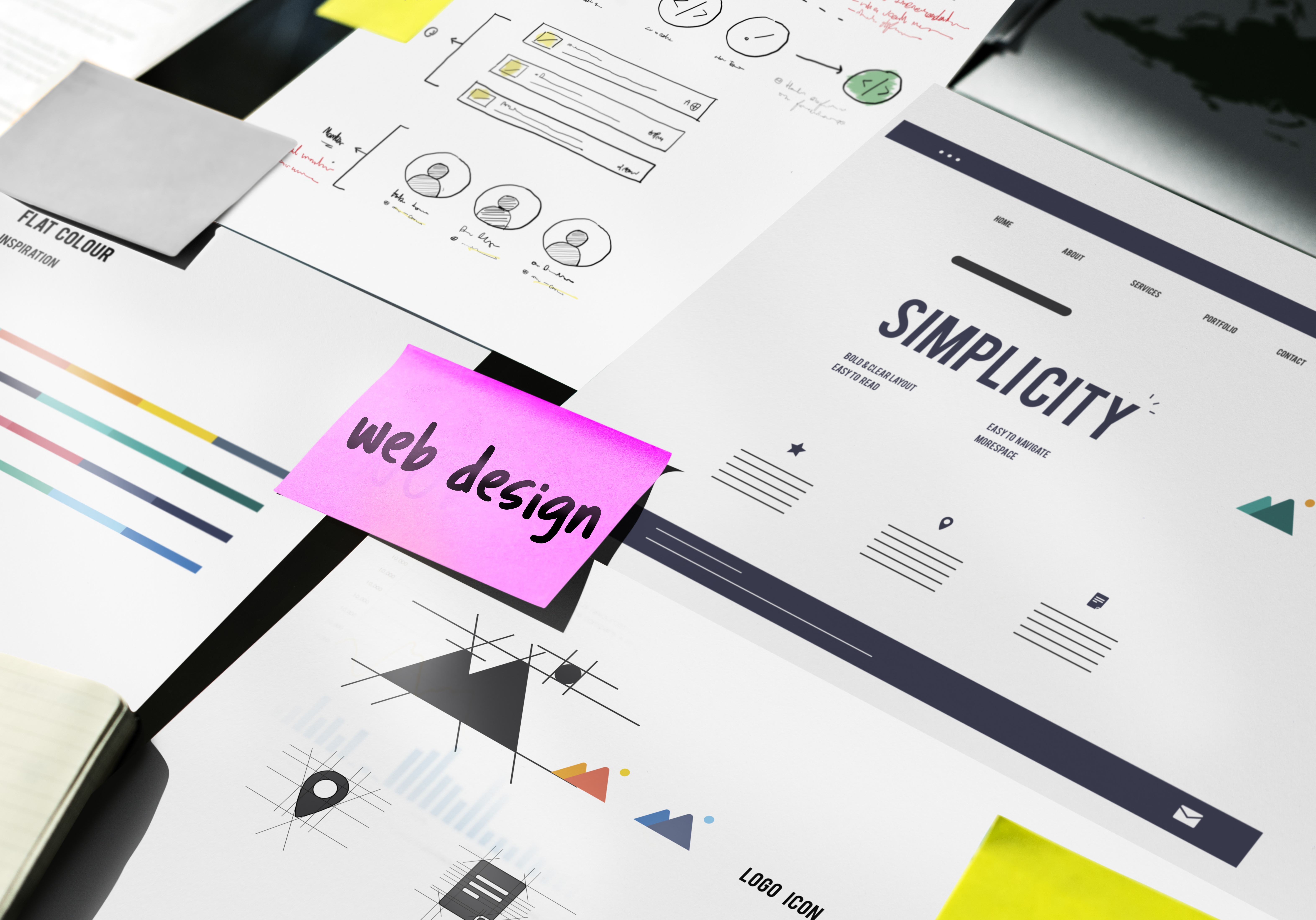To be a web developer in 2016, you need to have a very specific set of skills. Among these, and the most important one: the skill of learning new skills. In the fast-paced, constantly evolving world of development, the number of new frameworks, libraries, and other skills to learn is ever-changing, and it can be overwhelming to try and keep up. In light of Halloween, I thought I would use this opportunity to share some of my personal strategies for coping (and even thriving) in such a tumultuous atmosphere.
1. Learn the Basics
With so many new technologies popping up every year, to keep up and learn them all would be quite literally impossible. With that said, don’t stress about everything that you don’t know, and focus on what you do. The better you know the basics, the better equipped you are to learn a new skill or framework that interests you (or is required of you) when it comes up.
The better you know HTML, CSS, and JavaScript, the better you’ll be able to apply new concepts and solve new problems when they confront you. For example, a huge challenge that I recently confronted was that of creating a site with a very modern look and feel, including some neat functionality and a lot of images and icons, while maintaining 508 compliance – for some who are familiar with these concepts, that may sound like a piece of cake; for me, I had to draw on all of my previous knowledge of CSS and javascript and slowly add in the 508 compliance by using new techniques to achieve effects I had made countless times before through less compliant methods. By the end of the project, I had learned a valuable new skill and beefed up my technical knowledge in the process.
This leads me into a brief sub point – learning on the job. Before being hired at a web design company, I had a lot of anxiety about whether I knew enough to be hired or whether I had enough frameworks listed on my resume to get any attention from jobs which seemed to have an endless list of entry-level requirements. Daunting as it was, there was one thing that I learned above all through my web development experience: learning on the job is not only crucial but also awesome. As you work for a certain client or company, you get to learn about the frameworks they use and ease into them slowly, integrating them into your basic knowledge in a way that is much more substantial than any tutorial could achieve. While it may seem counter-intuitive, don’t be afraid to apply for those jobs where you feel you may be lacking a skill, because I guarantee you will quickly become familiar (and even good!) at it.
2. Put Your Personal Touch on All of Your Projects
While you’re busy building up your knowledge base and becoming the best at every technology your employer uses, don’t forget that you’re the developer and your personal style of development is valid and awesome (unless you’re voluntarily inline styling; then we need to have a talk). Developing your own personal workflow, style of organization, or method for creating certain design elements not only helps you to learn it well and create websites efficiently, but it has the added bonus of adding your personal signature to every site you make. I have a very specific method for organizing my code, and it helps me not only to keep better track of what I’m doing, but it lets me know exactly which pieces of a site I specifically worked on, allowing me to feel some pride in my own work and making it fairly obvious to others when I need some improvement. In both cases, having your own methods (and learning from others’) will help you to become a more efficient developer overall.
3. Don’t Forget To Have a Little Fun
Finally, don’t forget to have fun with development. Whether this means creating fun little touches that amuse the user, working on personal project on the side, or even just refactoring (hey, who doesn’t love the thrill of making something cleaner and more organized), remember what got you into development in the first place, and make sure you’re setting aside some time to work on it. If you spend all of your time learning for the job you have, you may find yourself disenchanted by falling into a routine and only building sites that will be quick and familiar. Spice it up and work on something that you may not see an immediate need for at the moment; find a new or exciting technology that maybe isn’t super popular yet or doesn’t have a particularly appealing application yet. By finding something that keeps you excited to learn more, you can avoid falling into the routine of developing for today and build up your skills for the projects you want to build tomorrow.
Personally, I got excited about development when I learned about all of the new possibilities CSS3 offered with transformations and animations, and especially when I learned that these could be used alongside SVG files. Originally thinking I would go to art school, I got into digital art when I was introduced to vector drawing with Adobe Illustrator. In the spirit of Halloween (and building projects simply for your own personal pleasure), I have put together a little SVG animation to showcase my personal favorite aspect of web development: making fun ideas come to life.
Similar Posts



